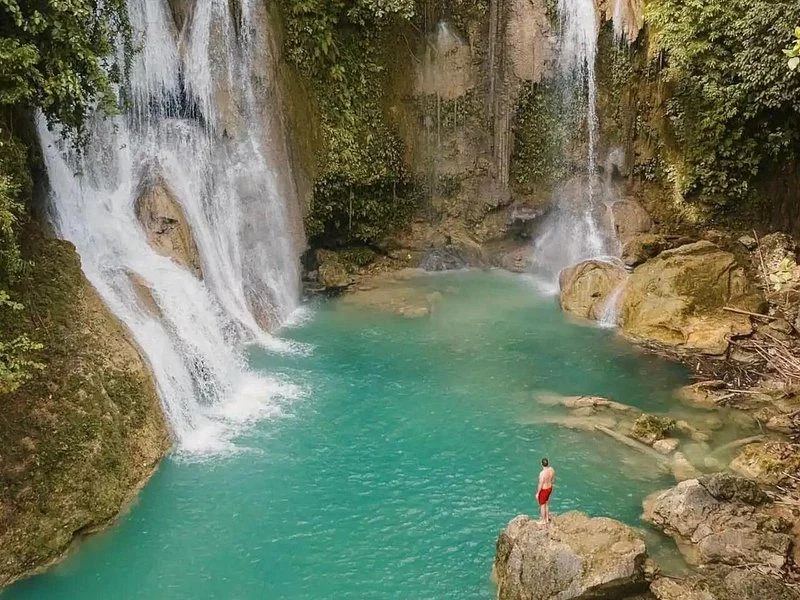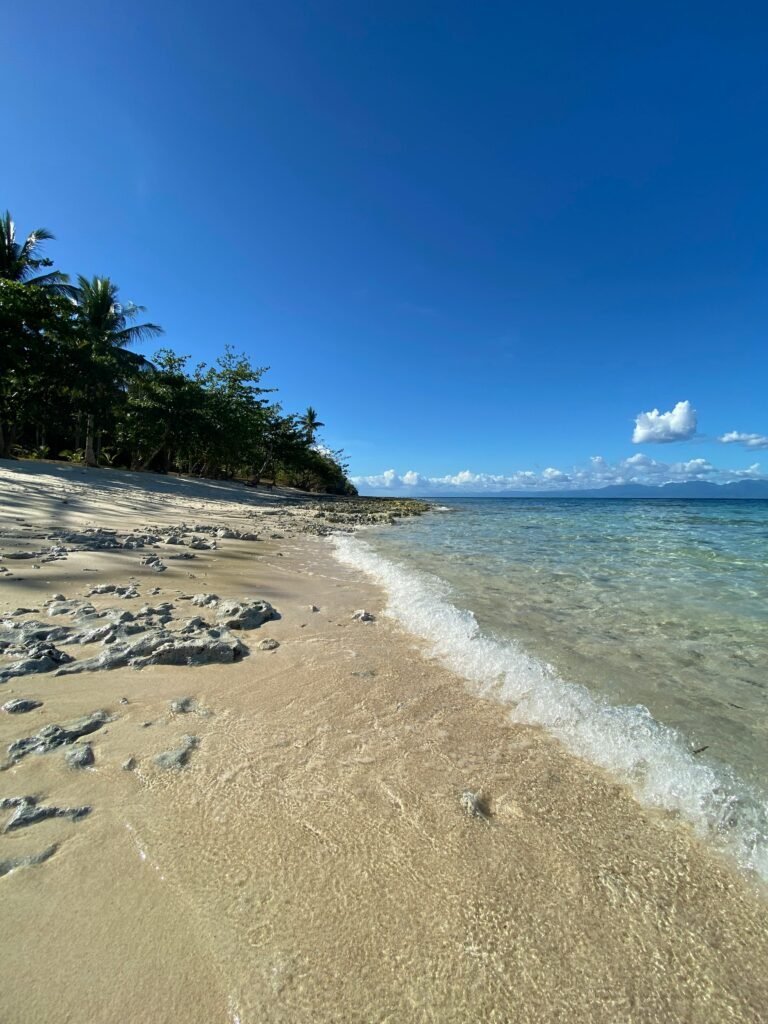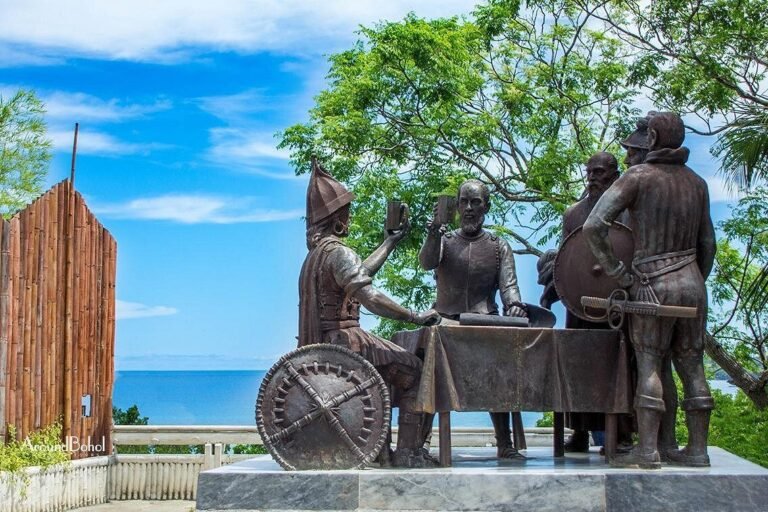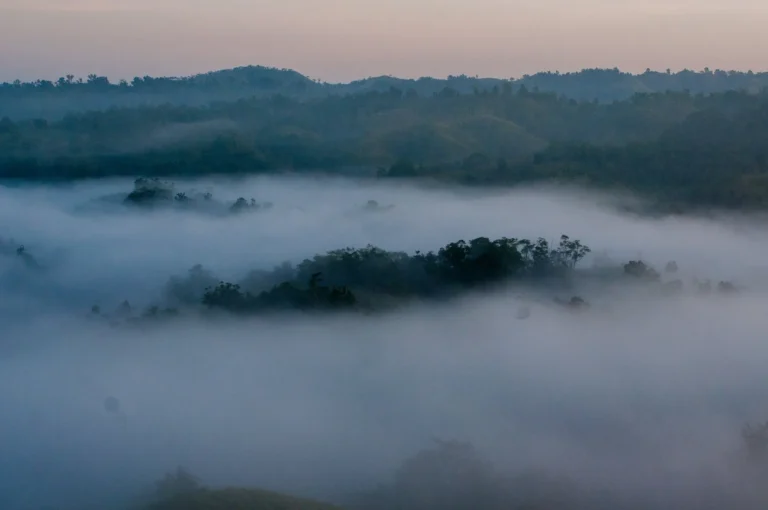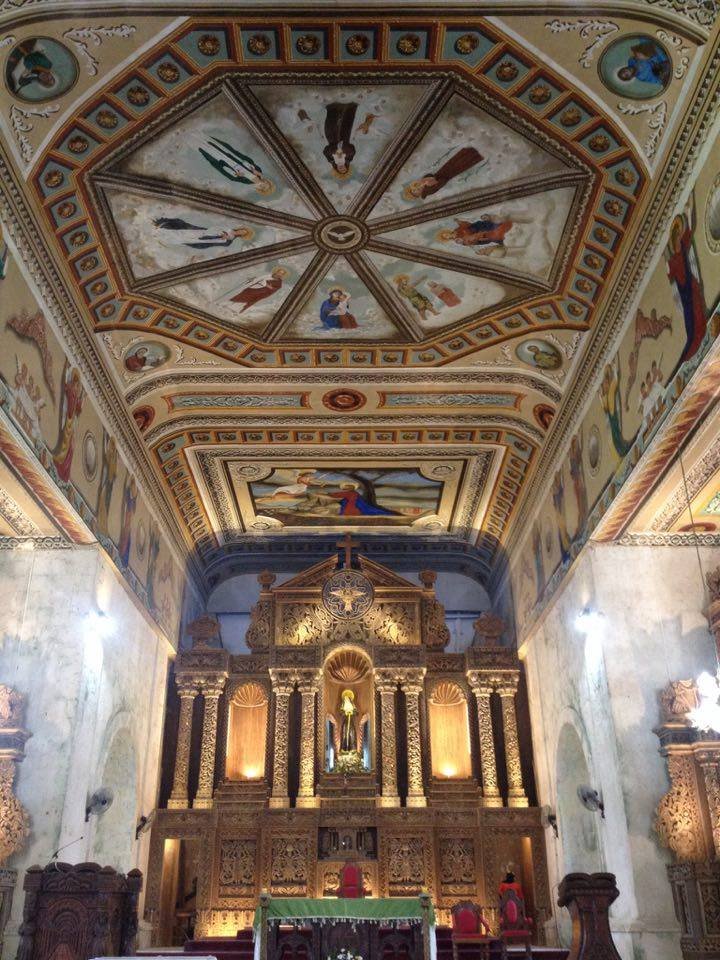Nestled in the heart of the Philippines, Bohol Geopark is a UNESCO Global Geopark that showcases an extraordinary array of geological wonders, cultural heritage, and natural beauty. From the iconic Chocolate Hills to subterranean cave pools and the rare Danajon Double Barrier Reef, this geopark offers a captivating journey through millions of years of Earth’s history. This comprehensive guide explores the geopark’s key attractions, geological significance, cultural connections, and practical tips for an unforgettable adventure.
Geological History of Bohol
Bohol’s landscape is a testament to millions of years of geological processes, shaped by tectonic activity, erosion, and karst formation. The island’s foundation lies in its limestone bedrock, formed from ancient coral reefs uplifted by tectonic forces. Volcanic activity, sedimentation, and erosion over eons created the province’s distinctive features, from rolling hills to intricate cave systems. The 2013 7.2-magnitude earthquake further exposed fault lines and uplifted terraces, offering visible evidence of Bohol’s dynamic geology. Understanding this history enhances appreciation for the geopark’s unique formations and their cultural significance to the Boholano people.
Key Geological Attractions
Chocolate Hills
The Chocolate Hills, Bohol’s most iconic landmark, are a geological marvel comprising over 1,200 smooth, cone-shaped hills spread across Carmen, Batuan, and Sagbayan. Formed from uplifted coral limestone eroded by rainfall over millennia, these hills turn chocolate-brown in the dry season, inspiring their name. Local folklore attributes them to giants’ tears or battles, adding cultural mystique. The best viewpoints include the Carmen Complex, offering panoramic vistas, and Sagbayan Peak, which combines scenic views with family-friendly amenities. Trekking trails and observation decks make this a must-visit for geologists and tourists alike.
Hinagdanan Cave
Hinagdanan Cave in Dauis is a subterranean wonder discovered accidentally by a farmer in the 1960s. Its limestone chamber, adorned with stalactites and stalagmites, surrounds a crystal-clear lagoon illuminated by natural skylights. Used as a hideout during World War II, the cave holds historical significance. Visitors can swim in the lagoon or explore guided paths to admire its karst formations, making it a serene yet striking stop in the geopark.
Inabanga Rupture Site
The Inabanga Rupture Site, a legacy of the 2013 earthquake, offers a raw glimpse into Earth’s tectonic power. Located in Inabanga, the site features visible fault lines and ground fissures, where the earth shifted dramatically. Interpretive signs explain the seismic activity that caused widespread damage, including to heritage churches. This site is a sobering reminder of Bohol’s active geology and a unique opportunity to study fault dynamics up close.
Maribojoc Uplifted Marine Terrace
In Maribojoc, the Uplifted Marine Terrace is a designated geological monument showcasing tectonic uplift. Once submerged coral reefs, this terrace was raised above sea level by tectonic forces, with the 2013 earthquake further elevating it. The site’s layered limestone and fossilized marine life provide a window into Bohol’s ancient underwater past. Accessible trails and viewing platforms make it an educational stop for understanding plate tectonics.
Alicia Panoramic Park
Alicia Panoramic Park in Alicia offers breathtaking views of the Binabaje Hills and Alicia Schist, Bohol’s oldest rock formation, dating back millions of years. The park’s rolling hills, reminiscent of miniature Chocolate Hills, are ideal for trekking and photography. Interpretive boards detail the schist’s geological significance, formed under intense pressure and heat. The park’s serene ambiance and expansive vistas make it a perfect blend of adventure and education.
Lamanok Island
Lamanok Island in Anda is a cultural and geological gem, featuring limestone cliffs, prehistoric cave paintings, and archaeological sites. Believed to be a spiritual hub for ancient Boholanos, the island is associated with diwatas (spirits) and traditional rituals. Its karst landscape, dotted with caves and rock shelters, preserves evidence of early human activity. Guided tours highlight the island’s ecological and cultural significance, offering a unique blend of history and geology.
Can-Umantad Falls
Can-Umantad Falls in Candijay, Bohol’s tallest waterfall at 60 meters, cascades over limestone cliffs surrounded by lush greenery. Formed by erosion in the karst landscape, the falls are part of a scenic trail that includes smaller cascades. The site’s tranquil setting and geological context make it ideal for hiking, swimming, and nature photography, with local guides providing insights into its formation.
Cave Pools of Anda
The Cave Pools of Anda, including Cabagnow and Combento, are hidden gems within limestone caves filled with crystal-clear spring water. These karst features, formed by groundwater dissolution, create inviting natural pools perfect for swimming. Cabagnow’s open-ceiling cave and Combento’s serene chambers are accessible via guided tours, offering adventure seekers a chance to explore Bohol’s subterranean beauty.
Trinidad Cave System
The Trinidad Cave System in Trinidad, particularly Batungay Cave in Brgy. Santo Tomas, is a labyrinth of underground streams, stalactites, and stalagmites. Named sections like Langub sa Has (snake habitat) and Langub sa Simbahan (church-like chamber with glittering formations) add intrigue. Traditional healers use Langub sa Binlanan for preparing medicinal herbs, blending cultural practices with geological exploration. Guided tours ensure safe navigation of this fascinating underworld.
Danajon Double Barrier Reef
The Danajon Double Barrier Reef, stretching along Bohol’s northern coast, is a rare geological formation—one of only six double barrier reefs globally and the only one in Southeast Asia. Formed over millennia by coral growth between two parallel reefs, it supports a vibrant ecosystem of fish, marine mammals, mollusks, and seagrasses. Diving and snorkeling tours from Bien Unido or Talibon reveal its biodiversity, making it a must-visit for marine enthusiasts and geologists.
Cultural and Historical Context
Bohol Geopark’s attractions are deeply intertwined with the island’s cultural heritage. Sites like Lamanok Island preserve ancient spiritual practices, while the Chocolate Hills inspire local folklore. The 2013 earthquake, which reshaped sites like the Inabanga Rupture and Maribojoc Terrace, also impacted cultural landmarks like Baclayon Church, highlighting the interplay between geology and heritage. Festivals such as the Sandugo and Ubi celebrations connect Boholanos to their land, while traditional crafts and cuisine, like calamay, reflect the island’s resourcefulness.
Practical Information for Visiting Bohol Geopark
- Best Time to Visit: The dry season (November–April) offers ideal weather for outdoor exploration, though the wet season (May–October) enhances the greenery of sites like Can-Umantad Falls.
- Transportation: Rent motorbikes or tricycles for flexibility, join guided geopark tours for expert insights, or use public buses/vans for budget travel. Private cars are ideal for groups. Ferries from Cebu to Bohol (via 12go) arrive at Tagbilaran or Tubigon.
- Accommodations: Stay in Tagbilaran for urban convenience, Panglao for beach proximity, or Anda for cave pool access. Book via Agoda for options ranging from budget guesthouses to luxury resorts.
- Guided Tours: Geopark-accredited guides offer specialized tours covering multiple sites, including trekking, caving, and diving. Check with the Bohol Tourism Office for operators.
- Tips: Wear sturdy shoes for trekking and caving, bring swimwear for cave pools and falls, and respect cultural sites (e.g., avoid touching Lamanok’s cave paintings). Check site hours (typically 8:00 AM–5:00 PM) and expect small entrance fees (e.g., Php 50–100 for caves).
- Suggested Itinerary: Day 1: Chocolate Hills and Alicia Panoramic Park. Day 2: Hinagdanan Cave, Dauis Church, and Panglao Watchtower. Day 3: Anda Cave Pools and Lamanok Island. Day 4: Can-Umantad Falls and Trinidad Cave System. Day 5: Danajon Reef diving and Inabanga Rupture Site.
UNESCO Global Geopark
Bohol Geopark, recognized as a UNESCO Global Geopark in 2023, is a captivating blend of geological marvels, cultural heritage, and natural splendor. From the enigmatic Chocolate Hills to the pristine waters of the Danajon Double Barrier Reef, each site tells a story of Earth’s dynamic processes and Bohol’s rich traditions. Whether you’re hiking through karst landscapes, diving into vibrant reefs, or exploring ancient caves, Bohol Geopark offers an unforgettable journey for nature lovers, adventure seekers, and cultural explorers. Plan your visit to this geological paradise, book your ferry through 12go, and reserve accommodations via Agoda to experience Bohol’s timeless wonders.

